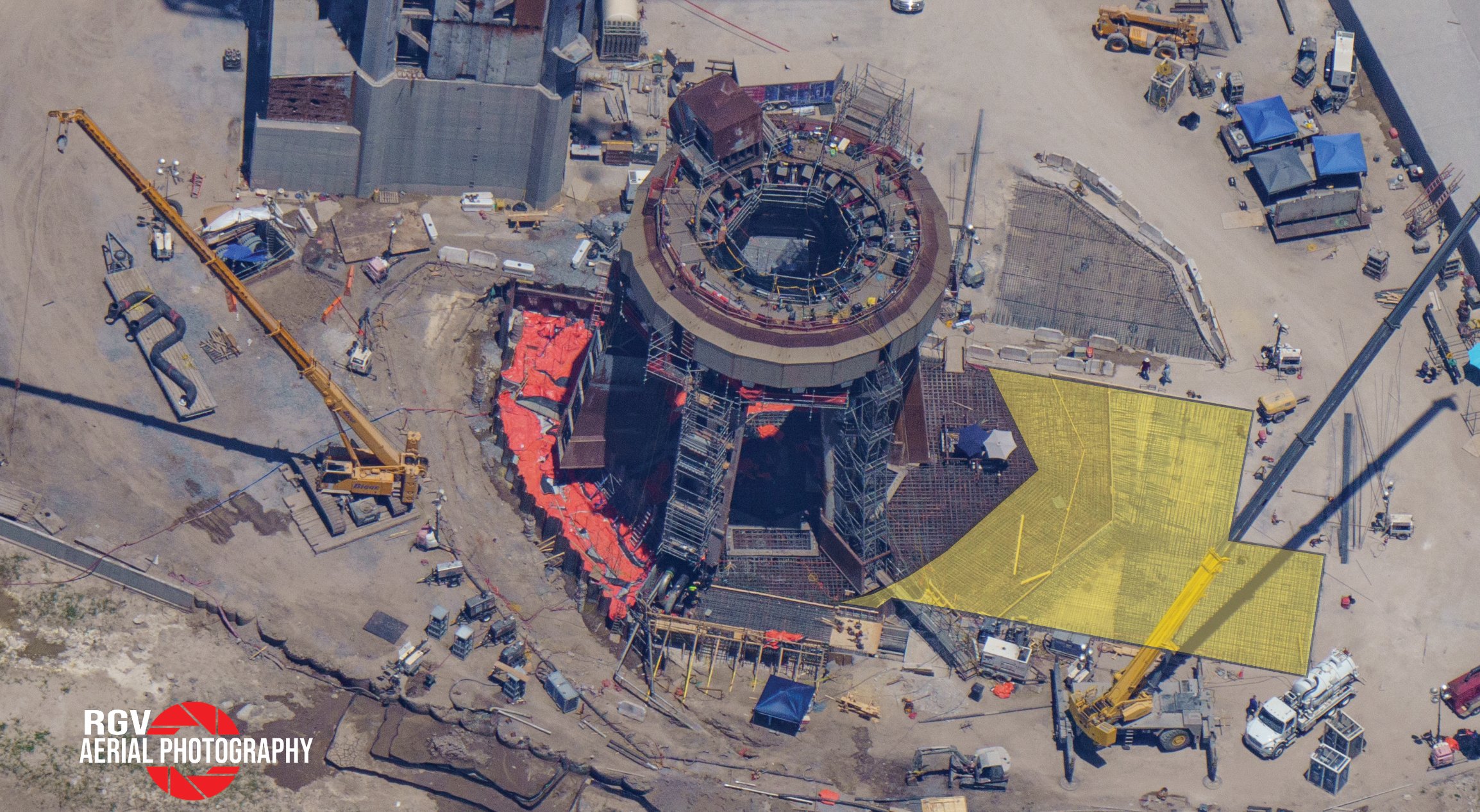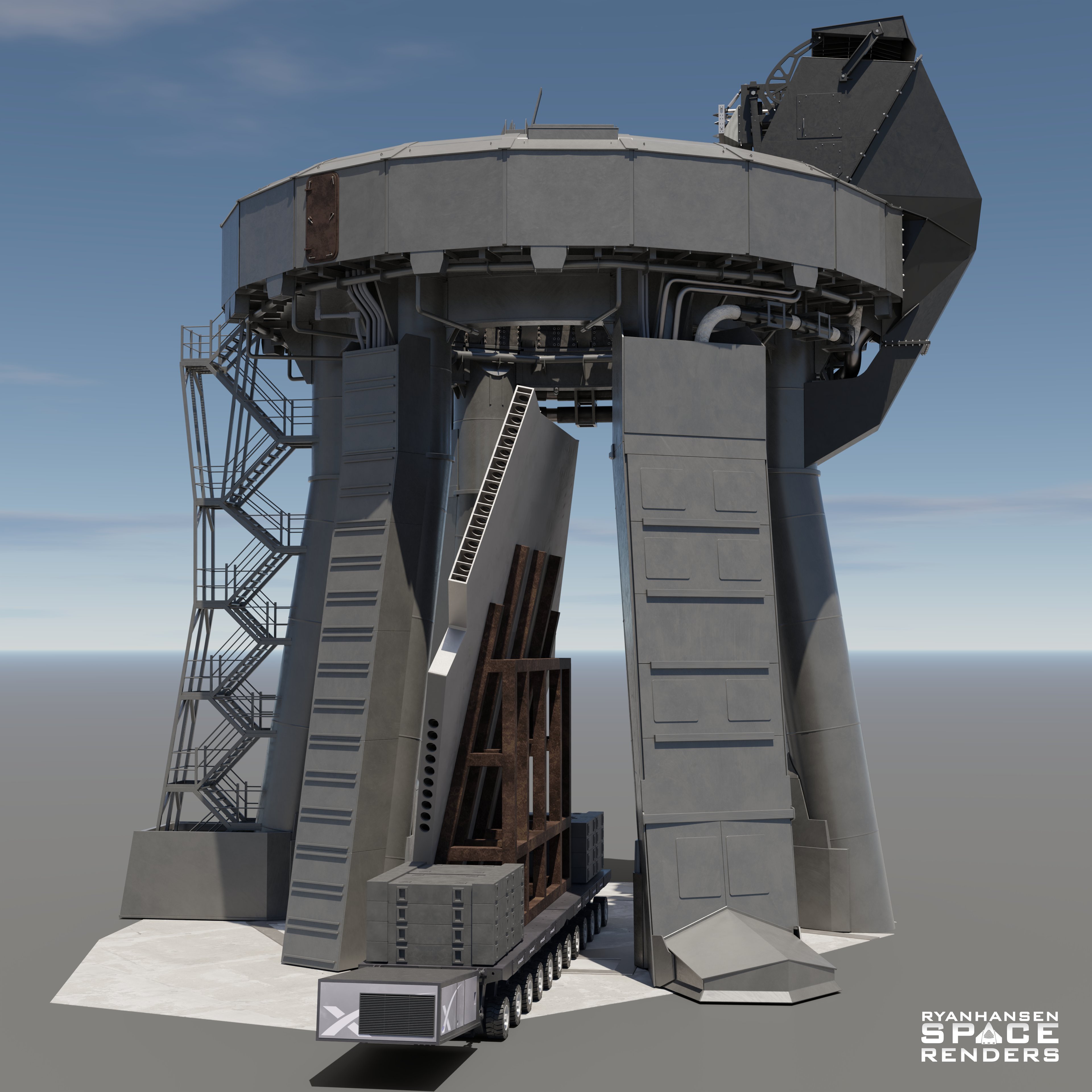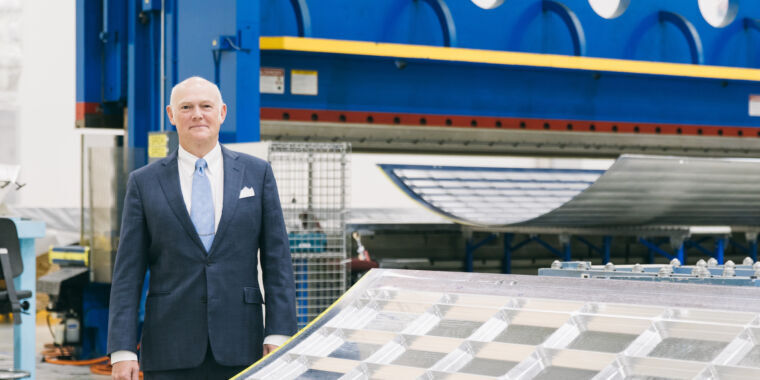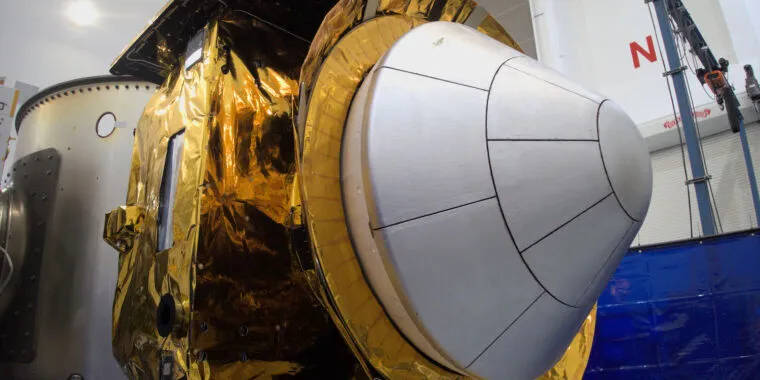- 11 Posts
- 15 Comments

 4·1 year ago
4·1 year agoAn easier way to reach the app in Android is the Google Play store. It’s named Austin 311 from City of Austin. Some negative reviews, though, like (20 Jan 2023) “You can’t report when your trash doesn’t get picked up - easily 99% of the reason I ever call 311” and (9 June 2022) “App sucks. The categories are very limited and hard to locate. I should be able to search on a keyword and your app suggests appropriate categories. Where do i report a malfunctioning pedestrian cross signal, for example. Very disappointing!”
I just checked out the Web page. That has a search capability (I don’t see one in the app), both built in via a Search text box, and the browser’s own facility (except there are not many items per page). I think I prefer it, even on my phone.
But the Android app at least has a map of recent reports, which is a nice feature; I don’t see it in the web page. It also has one central place to enter the reporter’s info; it looks like the Web page has it on each request.

 3·1 year ago
3·1 year agoAustin was another name for Augustine (as in missionary to the English), so San Austin works theologically.

 3·1 year ago
3·1 year agoAs an analogy, I go to r/spacex, see important things that are being mentioned, and post it in !spacex@sh.itjust.works with a link to the original tweets or articles or whatever. Wikipedia may say
the name “Reddit” is a play-on-words with the phrase “read it”, i.e., “I read it on Reddit.”
but for a good number of posts, you could describe them as “I read it somewhere and decided to post it here”.

 6·1 year ago
6·1 year agoAnd this couldn’t have been predicted because …?

 21·1 year ago
21·1 year agoControlled burns, which are another alternative to controlling invasive plants in the area, often lead to reduced air quality and can compact the soil, Anderson said
That’s kind of slanderous against controlled burns. There is reduced air quality while it’s burning, but the benefits can last years where the time of burning can last hours. I have not heard of compacting the soil as a drawback: a bit of Googling suggests that that’s a drawback of cutting with machinery instead. Furthermore, there are ecosystems that are adapted to having burns from time to time, so they can be useful if done right.
However, the article mentions poison ivy. Goats can not only eat it, they actively like it, and their bodies destroy the urushiol (the irritant) so their milk is safe. Furthermore, for a burn of poison ivy: some people did that upwind of my sister and a lot of other people on a military base, and the results were Not Good.
Unrolled tweet thread at threadreaderapp.com by Ryan Hansen Space @RyanHansenSpace. It’s a look at the details of the steel plate parts and assembly under the Orbital Launch Mount.
More pour info, this time from tweets from Zack Golden @CSI_Starbase. The truck counts basically match those from @LettuceTurnipTheBeet@lemm.ee’s post earlier.
SpaceX has received their final load of concrete for today’s Orbital Launch Mount foundation work. Here are the totals after the 15.3 hour marathon:
June 25th - 132 Truck loads
July 3rd - 171 Truck loads
Total Volume = 2,302 m^3 = 3030 yd^3
Total Weight = 5,411 Tons
For reference, a Fully loaded Starship ~ 5,000 Tons
Note: There were 4 additional trucks that showed up but were turned back around without offloading.
Shoutout to agents @VickiCocks15 and @SpmtTracker for keeping track of all these.
4:11 PM · Jul 3, 2023
and
Obviously this number is significantly greater than we predicted. For those who asked, that previous number was not considering the area in yellow, which were also completed today. This area is technically outside of the true foundation of the OLM
with a picture by RGV Aerial Photography.

Same to you, bud! I figure I’ll keep blowing on the embers. Either the flame will catch (& I get to boast “I was into Lemmy before it really took off”), or my lungs will get too tired.
So the big news of the day and night was what is believed to be the center plate of the water deluge system. It is thought that it will be placed directly under the Orbital Launch Mount.
@LettuceTurnipTheBeet@lemm.ee already posted (at top level) “CSI Starbase video on new Deluge system”, a deep dive part 1. The URL I see for the post is https://lemmy.world/post/879748 , because that’s how I access this. The canonical one is https://lemm.ee/post/530280 .
CSI Starbase SPMT Tracker @SpmtTracker posted a tweet with a picture of what is very likely to be a vertical stand for the center plate. The image is on Imgur. The tweet is here. Ryan Hansen Space @RyanHansenSpace tweeted a rendering of how it might look under the OLM. This should be the image:

@LettuceTurnipTheBeet@lemm.ee posted below (if sorted by new) a link to a 13-minute video by Starship Gazer, of people working in the tent on the center plate. https://lemm.ee/comment/534238 . Someone commented that, from 4 minutes on, it’s comedy gold. People were grinning around them. I’m told that someone is standing on top of the cheater pipe at one point.
NASASpaceflight posted a video of the rollout of the center. It’s about 1 hour 26 minutes long. The stand / jig was on the first truck; the center plate with some people on it was on the next truck. The clearest views are about 17 minutes on.
I also saw this in The Other Place:
[Meta] Twitter is now throwing up a nag screen to force users to log in to view content, supposedly on a temporary basis. Since a lot of the content here links to Twitter, this could be inconvenient to those without an account.
A simple solution is to link to the embedded version of the Tweet, like so. Simply type:
And replace xxx with the Tweet id.
The other solution is to link to an archived version of a tweet.
(I think the last is like Internet Archive.)
What about it!? @FelixSchlang tweet from 3:03 PM - Jun 29, 2023:
It happened!!!
SpaceX opened the wall to the inventory tent and revealed one of the water deluge plates to us up close and countless other things in there!
High res pictures for supporters on all platforms coming soon!
In a reply, they said it looks to be upside down.
In The Other Place, u/warp99 wrote,
Looks like the segments are around 400mm thick and constructed from 40mm (38mm=1.5"?) steel plate The overall shape is a hexagon about 10m across the flats with each corner notched out.
They also speculated on how to weld the edges together: maybe put them on a stand above the final location, weld them from above and below, attach cranes and remove the stand, lower into place.
Starship Gazer (as seen on Nitter) had more pictures.
I linked to two possible pictures in my reply here.
Ship 25 completes a six-engine static fire test at Starbase in Texas
11 seconds. In the audio, only a little bit of HONK at the end.
Someone pointed out that the flames start out as a triangle, but then switch rotated 60 degrees when the vacuum engines start - V to ^.
A comment in The Other Place mentioned that it looks like a little spalled concrete at 4 seconds in.
In a later tweet, Musk called it a “Key milestone completed for flight 2”.
In a Twitter Space with @ashleevance, @elonmusk shares that Starship will hot-stage during the next flight, lighting engines on the ship with some engines still running on the booster, as to Never Stop Thrusting!™️
“Hot staging” is firing the upper stage engines while it’s still nominally attached to the lower stage (like resting on or loosely attached). The advantages that I gather exist: It’s fast. It takes care of stage separation without needing springs or little rockets or a flip or anything. Before firing a liquid-fueled stage that may have gases in a tank (“ullage”), you have to settle the contents so that the engine intakes suck only liquid (maybe using “ullage rockets”), but if you’re still accelerating at separation, that’s automatically taken care of.
But if you intend to reuse the first stage, well, I wonder whether six engines igniting will be too hard on it.
Apparently U.S. Titan rockets, a lot of Soviet / Russian ones (Soyuz, Progress, N-1), and (some?) Chinese Long March rockets were designed with hot staging.
Joe Barnard @joebarnard replies: "‘okay so when I hot stage it’s “an anomaly” and I’ve “torched another flight computer” but when SpaceX does it it’s fine???’
Edit: There’s now an article up at SpaceNews, “SpaceX changing Starship stage separation ahead of next launch”, which includes
“We made sort of a late-breaking change that’s really quite significant to the way that stage separation works,” Musk said, describing the switch to hot staging. “There’s a meaningful payload-to-orbit advantage with hot-staging that is conservatively about a 10% increase.”…
Musk said that, for Starship, most of the 33 Raptor engines on the Super Heavy booster would be turned off, but a few still firing, when the engines on the Starship upper stage are ignited. Doing so, he said, avoids the loss of thrust during traditional stage separation, where the lower stage shuts down first.
Doing so requires some modifications to the Super Heavy booster. Musk said SpaceX is working on an extension to the top of the booster “that is almost all vents” to allow the exhaust from the upper stage to escape while still attached to the booster. SpaceX will also add shielding to the top of the booster to protect it from the exhaust.
“This is the most risky thing, I think, for the next flight,” he said of the new stage separation technique.
Besides the change in stage separation, Musk said SpaceX made a “tremendous number” of other changes to the vehicle, “well over a thousand.” He didn’t go into details about the changes, …
SpaceX also made improvements to the Raptor engines, with Musk describing the vehicle launching in April as using a “hodgepodge” of engines built over time. The Raptors on the new vehicles include changes to the hot gas manifold in the engine to reduce fuel leakage.
Those changes, he said, gave him more confidence in the success of the next launch. “I think the probability this next flight working, getting to orbit, is much higher than the last one. Maybe it’s like 60%.” In an online conversation in late April, he estimated a “better than 50% chance” of success on the next launch.
In another note, Musk finally learned some caution!
Musk, asked about any plans for a Starlink IPO, declined to comment. “It would not be legal for me to speculate about a Starlink IPO,” he claimed. “I think it’s against regulations to talk with any kinds of specifics about a future public offering.”
Edit: Peter Hague PhD @peterrhague: Thus far Musk estimates $2-3bn invested by SpaceX so far in Starship. The price of a single SLS launch










Update at https://blogs.nasa.gov/spacestation/2023/10/09/international-space-station-operations-update/